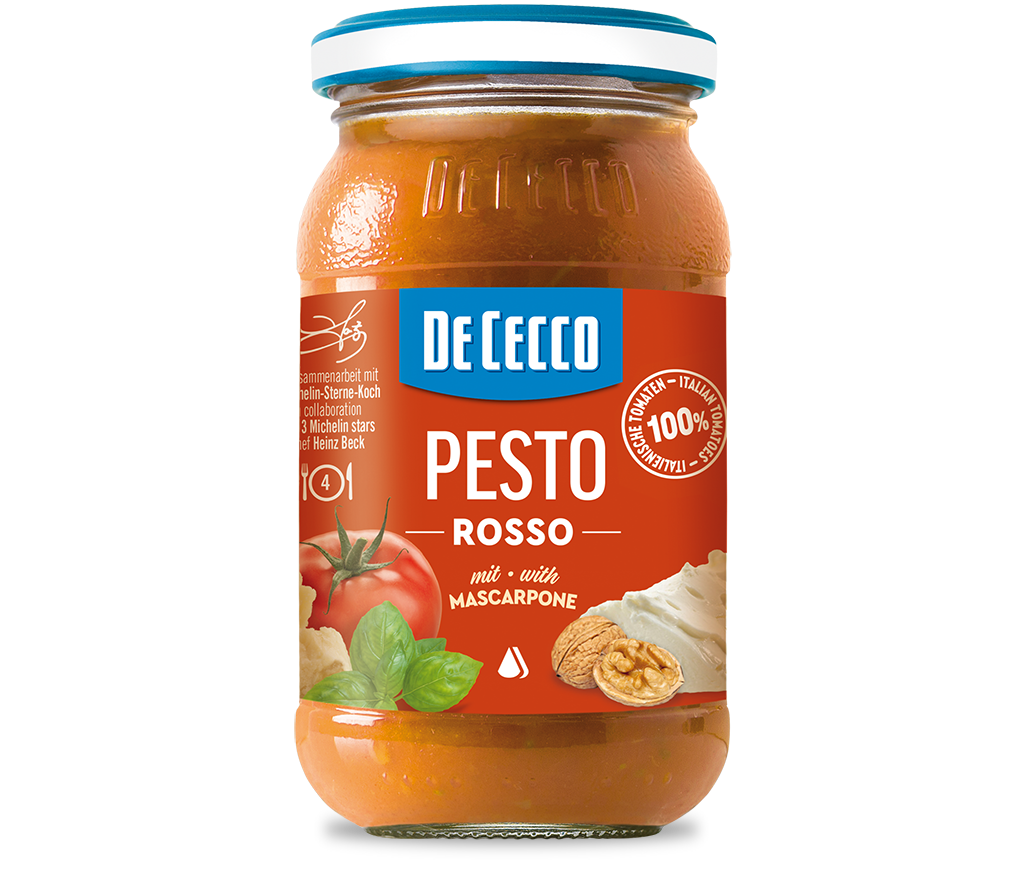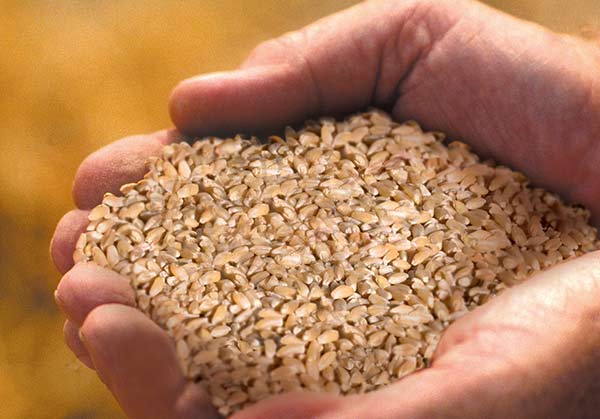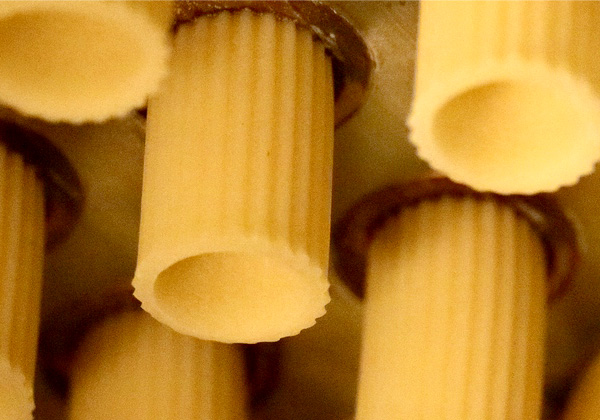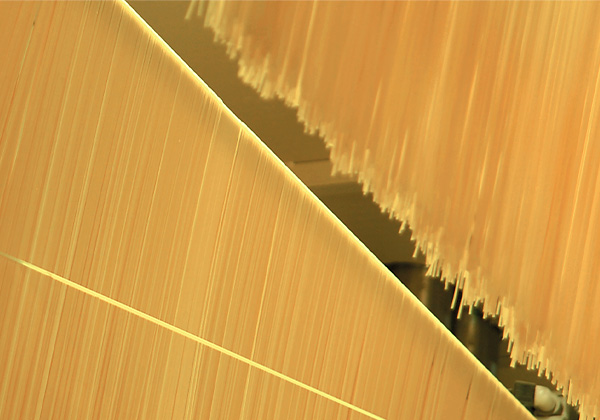Ragù alla Bolognese - 200g
De Cecco "Ragù alla Bolognese" was conceived in collaboration with the great triple Michelin star chef Heinz Beck, maintaining the original simplicity of the recipe: the extra virgin olive oil is added to a rich mix of onion, celery, carrot and a chopped choice of beef certified Vitellone Bianco dell'Appennino Centrale PGI, pork shoulder and bacon, and then tomato pulp and puree (strictly Italian ingredients).
The name "Vitellone Bianco dell'Appennino Centrale PGI" has a very rich significance:
- "Vitellone" because this term in central Italy always refers to beef cattle aged between 12 and 24 months; at this age, the meat of the Chianina, Marchigiana and Romagnola breeds remains tender, with high protein and low cholesterol content, as well as being very lean
- "dell'Appennino Centrale" (of the central Apennines) represents its origins, because this is the area where the cattle of the Chianina, Marchigiana and Romagnola breeds have been traditionally raised for over 1500 years, feeding on hay and fodder exclusively from the local area to give the meat unique and characteristic flavours
- PGI because it is a Protected Geographical Indication, a certification issued by the EU regarding the quality of traditional goods and based on a strict production protocol that regulates the entire production chain.
The animals are mainly farmed extensively, with widespread use of pasture land (especially in the first few months of life) particularly in marginal territories, helping to support the territory and typical environment of the hills and mountains of the central Apennines while protecting the history and centuries-old traditional life of rural communities in central Italy.
De Cecco’s Ragù alla Bolognese, now even more unique!
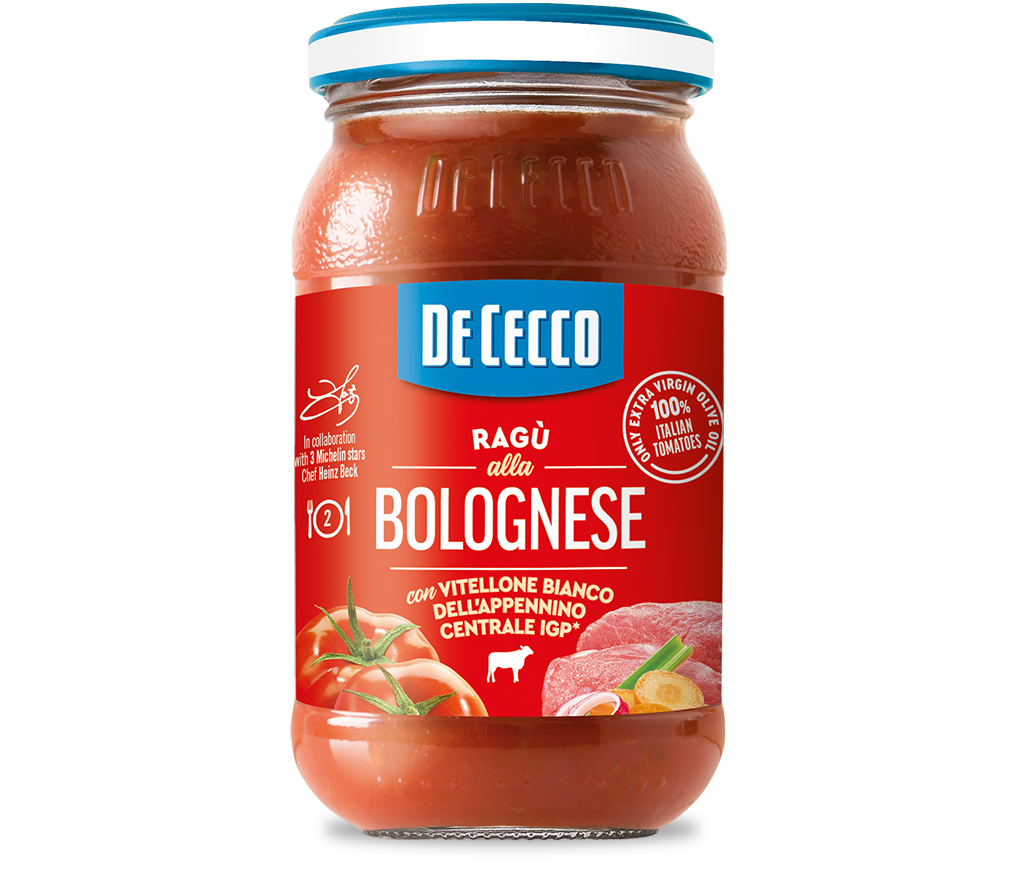
play
Our method
Attention, care, experience, quality at every stage: from our mill to your table.
You may also be interested in
Pesto Rosso
Enjoy the Pesto Rosso De Cecco, let yourself be overwhelmed by the taste of the 100% Italian tomatoes perfectly balanced with the creamy mascarpone, the strong Pecorino Romano cheese and the unmistakable touch of Grana Padano.
The basil and walnuts, together with olive oil, complete the taste result and give you once again a unique product with a wide range of uses.
That's exactly how chef Heinz Beck wanted this recipe: an excellent pesto rosso for dressing pasta but also perfect on bruschetta and crostini for special aperitifs.
Find out more
